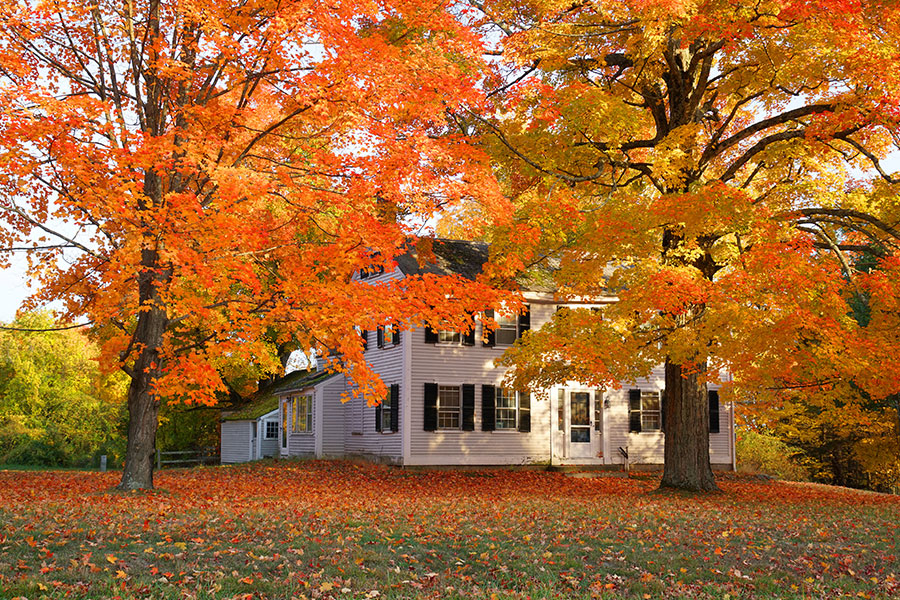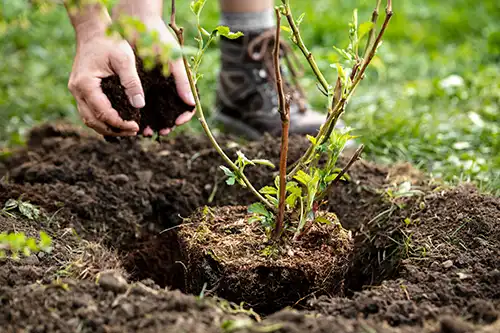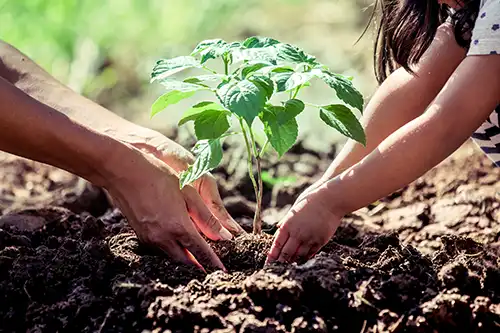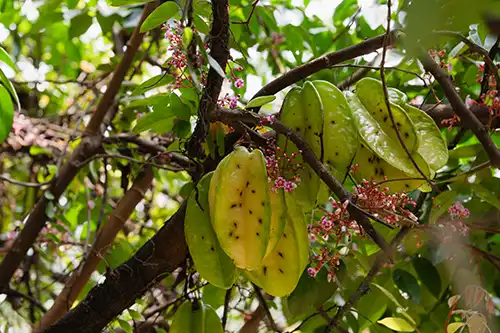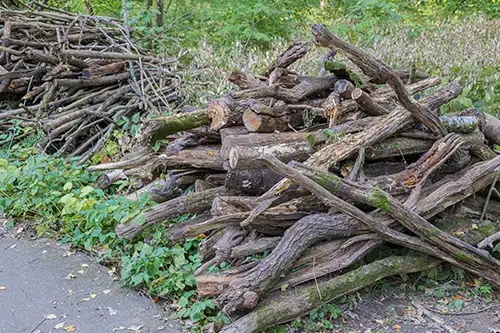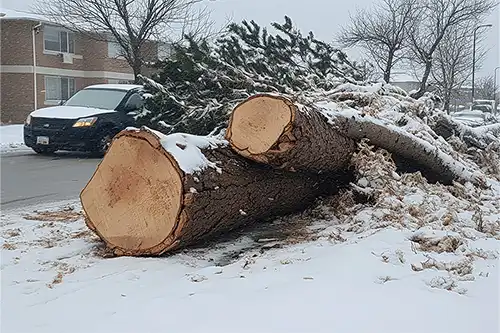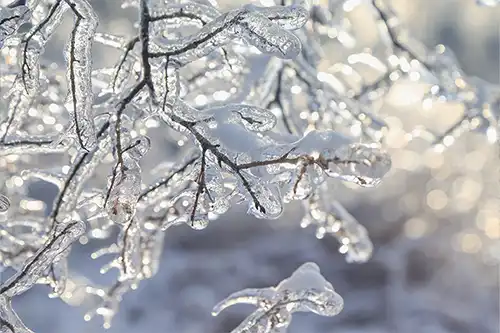As the sun-kissed days of summer gracefully give way to the crisp embrace of autumn, a magical transformation unfolds in nature’s grand tapestry. The once lush and vibrant leaves of trees begin to don their spectacular fall wardrobe, painting the landscape with gold, crimson, and amber hues. Yet, the enchanting spectacle of leaves changing color is not merely a seasonal flourish; it’s a captivating natural phenomenon that bears witness to the intricate dance between trees and the changing environment.
In this blog, we explored the science behind this captivating spectacle, exploring the factors influencing a leaf’s transition from green to a symphony of autumnal colors. With insights into the different pigments at play and a guide to the best trees for a vibrant fall display, we invite you to embrace the beauty of the changing seasons and savor the colorful wonders of nature.
Why Leaves Change Color
It quickly becomes that time of year when the summer heat dies down, and you can finally pull out your comfy sweaters. With the change in the weather, you start to notice a change in the color of the trees. The cool temperatures and less sunlight prompt the leaves to pause their food-making process and cause the chlorophyll in the leaves to break down. With the lack of chlorophyll, yellow, orange, and red pigments already in the leaves begin to appear and turn into beautiful autumn leaves you can see.
Factors That Affect a Leaf’s Color
A few factors cause the color of your trees’ leaves to change. Some of those factors include the changes in the weather and sunlight along with the condition of the trees. For example, trees in low-lying areas collect cooler air at night and change colors sooner than those in upland areas. When a tree has a disease, you may notice it starts to change and drops its leaves a lot earlier than the other trees. If you suspect your tree has a disease or pests, you can reach out to A-Unlimited Tree Service, and one of our arborists will come to examine your trees to see what services you might need to keep them healthy so you can enjoy the beautiful change in the fall leaves on your trees.
The Different Pigments in Autumn Leaves
Leaves achieve their colors from how the pigments interact with sunlight within their cells. Chlorophyll is the most important part of these pigments and is the reason for the green color of leaves. Carotenoids produce the yellow, orange, and brown colors in leaves. Anthocyanin is the pigment that causes leaves to turn red. Once colder temperatures hit, the chlorophyll in the leaves begins to decompose, allowing the light reflected from the other pigments to shine through. The mixture of these pigments causes the fall leaves to change color.
The Best Trees for Autumn Leaves
You may ask yourself, “How do I get these beautiful color-changing trees in my yard?” Well, here are a few trees in the Madison County, IL area that will provide beautiful leaf colors to your landscape. Green Ash is a fast-growing and adaptable tree that changes to yellow in autumn. A cutleaf sumac is a year-round tree that produces flowers in the early summer and red, yellow, and orange leaves in the fall. Apple serviceberry is a smaller tree that brings flowers in the springtime and orange leaves in the fall. You may already have some of these trees in your yard, but they may not look as nice as you would like. When you contact A-Unlimited Tree Service by calling 618.667.9885, our arborists will provide exceptional tree services so you can enjoy the beautiful changes in your leaves’ color.

